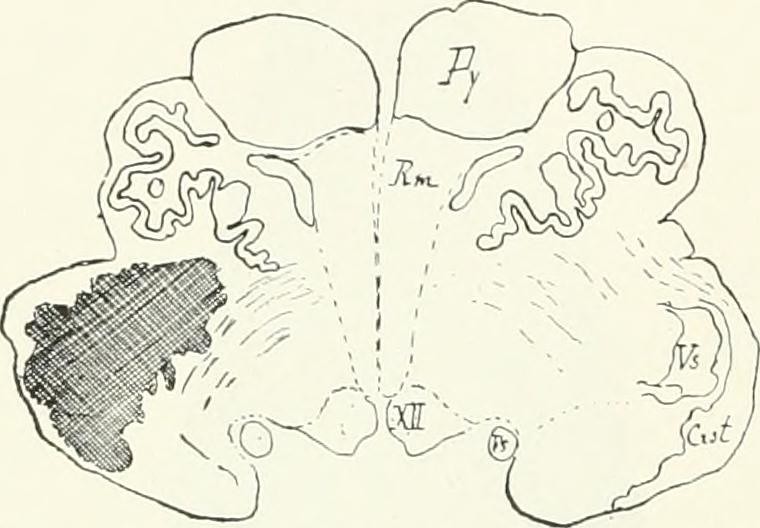Dysmetria
Dysmetria affects roughly 10% of individuals with varying degrees of myoclonic epilepsy. Dysmetria can affect both sexes and children. Dysmetria usually causes inattention, decreased co-ordination and hyperactivity, while accompanied by seizures. The symptoms of dysmetria generally are exaggerated by purposeful movements (purposeful tremor). Dysmetria caused by brain lesions is called Parkinson's disease.
Dysmetria is an alteration of the cerebellum which affects motor and sensory functions. Symptoms of dysmetria include involuntary muscle contractions, involuntary twitching of limbs, and a lack of co-ordination. The symptoms of dysmetria can vary with each person, though they usually are associated with inattentive motor impairments or weakness. Other conditions that may be associated with dysmetria include Parkinson's disease and migraine ปวดศีรษะ.
The cerebellum is an important part of the brain that is responsible for coordinating muscles and coordinating bodily responses. A recent study found that the condition called dysmetria was related to patients with myoclonic epilepsy. It is believed that it is caused by abnormal activity in the motor cortex. In people with myoclonic epilepsy, the electrical activity is not as intense or frequent.
Because abnormal activity causes a lot of involuntary muscle contraction and it causes involuntary twitching or movement, this may be a trigger for dysmetria. The most common symptoms of dysmetria are the muscular contractions (facial twitches, involuntary leg movement) that are caused by the contraction of muscle fibers from a particular part of the body, including arms and legs. The movement of the arms or legs can be jerky or involuntary.
In most cases of dysmetria, focal neurology has been found to cause it. This focal neurology may involve brain tumors, strokes, head injuries, tumors or brain lesions, or seizures. For instance, tumors in the midbrain may cause dysmetria in a patient with seizures.
Dysmetria may occur with myoclonic epilepsy. The symptoms of myoclonic epilepsy include rapid eye movement (REM) or rhythmic twitching of eyes. The EEG activity may be abnormal or slow. Other symptoms of myoclonic epilepsy include involuntary leg movements or kicking of legs, or arms.
In patients with focal neurological problems, it is possible for them to have dysmetria, although the frequency and intensity of the seizures are not related to the neurological problem. The seizures are usually not severe and may happen very infrequently, if at all. Myoclonic seizures can cause the muscle contractions to be very strong and last for a short period of time.

There are many different types of dysmetria, and there is no specific treatment for the symptoms
Treatment usually depends on the severity of the symptoms and the cause of dysmetria. Some treatment options include behavioral therapy, medication, and surgery.
Seizures in general can cause excessive sweating, increased heart rate, and difficulty breathing. If you notice that your symptoms are caused by stress or anxiety, try to reduce the impact of stress on you. Hypnotic drugs, relaxation techniques, meditation, and yoga can all help you manage your stress levels. Taking tranquilizers is another option.
Medications are available for people who suffer from dysmetria. They are anti-seizure medications, anti-convulsants, antidepressants, and anti-anxiety medications.
Surgery is the last option for people who have focal seizures and myoclonic seizures. epilepsy. However, surgery cannot be used for both disorders simultaneously.
Seizure surgery is used for myoclonic seizures. It involves making small cuts or removing the muscles at the base of the skull. When the brain stops sending impulses to the muscles, the seizures stop and muscle relaxation occurs.
Surgical options are often used if the medication does not seem to work. Because these types of dysfunctions are caused by neurological problems, surgery cannot prevent them from happening. Surgery may be used to stop the muscular contractions associated with a seizure. Surgery can correct the abnormal activity or cause the seizures to be less severe.
